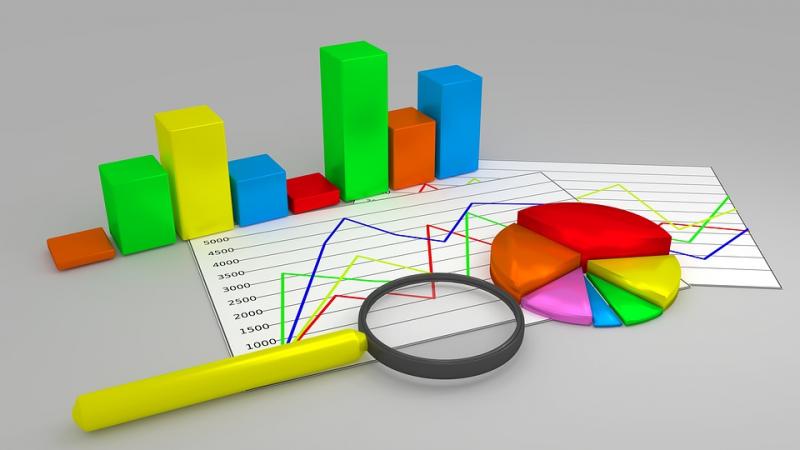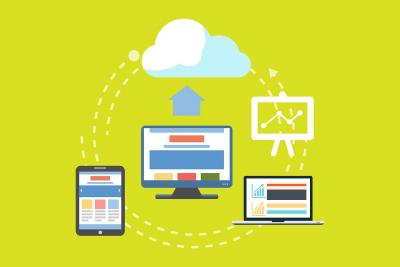
Creating a business process is an essential step in building a successful business. It is the system that outlines how a company will operate, from identifying the needs of the customers to delivering the product or service. Developing a business process requires careful planning and consideration of various factors that will affect the company's overall success.
This article will explore the essential steps to creating a business process that will help drive your business forward.
Step 1: Identify Your Target Audience
The first step in creating a business process is to identify your target audience. Understanding your customer base is crucial for developing a product or service that meets their needs. You need to consider demographics such as age, gender, income, education level, location, and lifestyle. By understanding your target audience, you can tailor your business process to ensure that your product or service is relevant to them. This step is particularly important for businesses that have a broad target audience. Knowing your target audience will help you create a business process that is more efficient and effective in reaching your customers.
Step 2: Define Your Value Proposition
Once you have identified your target audience, the next step is to define your value proposition. What makes your product or service unique, and why should customers choose your company over your competitors? You need to identify your unique selling point and use it to differentiate your business from others in the market. Your value proposition should be clear, concise, and relevant to your target audience.
Defining your value proposition is a critical step in creating a business process. Your business process should align with your value proposition and help you deliver your unique selling point. Your value proposition should be at the core of every business decision you make, from developing new products or services to marketing and advertising. It is the foundation upon which you build your business process.
Step 3: Define Your Business Model
After defining your value proposition, the next step is to define your business model. A business model outlines how your company will generate revenue and make a profit. You need to consider various factors such as your pricing strategy, distribution channels, and marketing tactics. Your business model should align with your value proposition and target audience, and it should be flexible enough to adapt to changing market conditions.
A strong business model is crucial for the success of your business process. Your business model should help you achieve your financial goals, while also allowing you to provide value to your customers. It should be scalable and adaptable to changing market conditions. Your business model will determine how you generate revenue, how you price your products or services, and how you distribute them to your customers. Defining your business model is a critical step in creating a business process that is sustainable and profitable.
Step 4: Identify Your Key Business Processes
The next step is to identify your key business processes. These are the activities and tasks that are critical to the success of your business. You need to define each process, including the inputs, outputs, and metrics used to measure performance. Key business processes may include product development, marketing, sales, customer service, and supply chain management.
Identifying your key business processes is essential for creating a business process that is efficient and effective. You need to define each process clearly, including the tasks and activities involved, the individuals or teams responsible for each task, and the metrics used to measure performance. You need to ensure that each process aligns with your value proposition, business model, and target audience. By defining your key business processes, you can streamline your operations and ensure that your business is focused on delivering value to your customers.
Step 5: Develop Your Workflow
Once you have identified your key business processes, the next step is to develop your workflow. A workflow is a visual representation of how tasks are completed within your business process. It outlines the sequence of activities, the individuals or teams responsible for each task, and the inputs and outputs of each task. Developing a workflow is essential for creating a business process that is efficient and effective.
When developing your workflow, you need to consider the following:
- Identify the tasks and activities involved in each process.
- Determine the sequence of tasks and activities.
- Identify the individuals or teams responsible for each task.
- Define the inputs and outputs of each task.
- Define the metrics used to measure performance.
- Determine the tools and resources needed to complete each task.
A workflow should be easy to follow and understand. It should be accessible to everyone involved in the business process, and it should be updated regularly to reflect changes in the business environment.
Step 6: Implement Your Business Process
Once you have developed your workflow, the next step is to implement your business process. This involves training your team on the new process, implementing any necessary software or tools, and monitoring performance to ensure that the process is working effectively.
During the implementation phase, you need to:
- Train your team on the new process.
- Ensure that everyone understands their roles and responsibilities.
- Implement any necessary software or tools.
- Monitor performance to ensure that the process is working effectively.
- Identify any areas that require improvement.
Implementing a new business process can be challenging, and it may take some time for your team to adjust to the new system. However, it is essential to ensure that everyone is on board with the new process to achieve the desired results.
Step 7: Continuously Monitor and Improve Your Business Process
The final step in creating a business process is to continuously monitor and improve it. The business environment is constantly changing, and your business process needs to be flexible enough to adapt to these changes. You need to regularly review your process and identify any areas that require improvement.
To continuously monitor and improve your business process, you need to:
- Collect data and analyze performance metrics.
- Identify any bottlenecks or inefficiencies in the process.
- Determine the root causes of these issues.
- Develop solutions to address these issues.
- Implement the solutions and monitor performance.
Continuous improvement is essential for creating a business process that is sustainable and effective. By regularly reviewing and updating your process, you can ensure that your business is delivering value to your customers and achieving its financial goals.
Final Words
In conclusion, creating a business process is a critical step in building a successful business. It requires careful planning, consideration of various factors, and a commitment to continuous improvement. By following the steps outlined in this article, you can develop a business process that is efficient, effective, and aligned with your value proposition, business model, and target audience. Remember to regularly review and update your process to ensure that it remains relevant and effective in a changing business environment.



